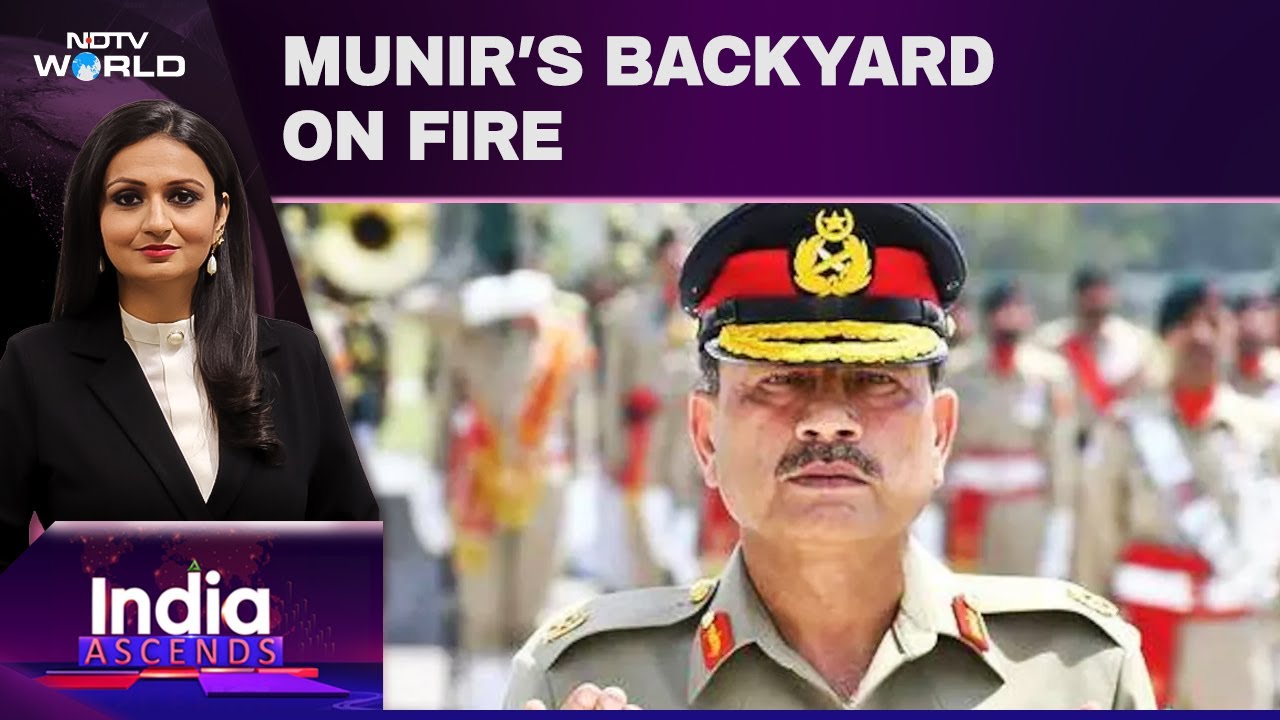Hell In 180 Seconds: How Iran Was Bombed By US
Today, the world has changed. The United States launched Operation Midnight Hammer, a full-spectrum precision bombing strike on Iran's three most vital nuclear facilities: Fordow, Natanz, and Isfahan. Carried out by stealth B-2 Spirit bombers, this is one of the most audacious and far-reaching U.S. air missions in decades, both in intent and execution.
At NDTV, we can now confirm what we reported early this morning that the B-2 Spirits seen flying westward over the Pacific were a calculated diversion, a textbook deception. The flight paths and timing simply didn't add up with the moment of impact over Iranian skies at midnight. Our analysis showed that the real strike group was already on route eastward from the US, cloaked in secrecy and supported by a long-prepared aerial tanker bridge. The real B-2s flew in, struck hard, and vanished just as they were designed to.
But there's a deeper and more dangerous geopolitical layer. It is now increasingly clear that Pakistan played a role not directly in the strike, but in enabling it. Just days before the operation, Pakistan's Army Chief General Asim Munir praised Donald Trump and floated the idea of a Nobel Peace Prize for him an astonishing move, now viewed by many as a signal of alignment or appeasement. Sources suggest the U.S. required overflight access or airspace coordination through Pakistani-controlled corridors. And that Pakistan quietly complied a move that will have enormous regional and global repercussions.
Operation Midnight Hammer isn't just an airstrike, it's a thunderclap that will echo through history. The U.S. has done what was once considered unthinkable. Iran's nuclear ambitions lie buried under craters. Pakistan's quiet cooperation raises new questions. And America's B-2s, invisible, unstoppable, have changed the rules of the global game.
































